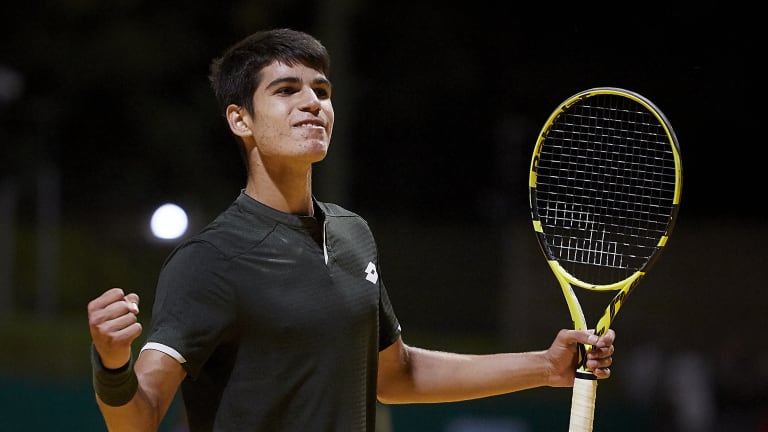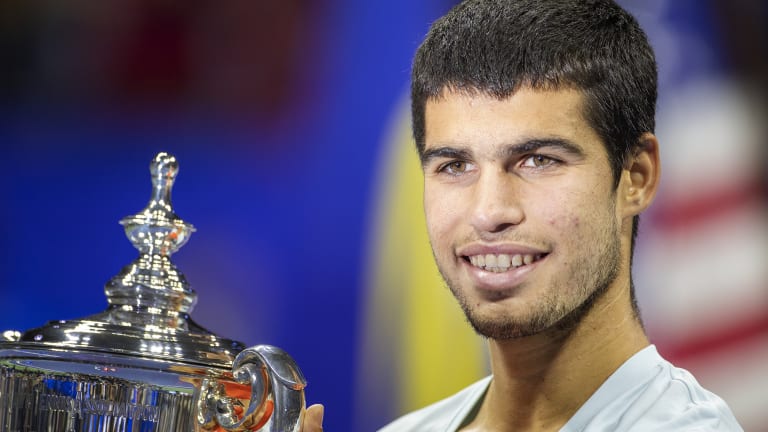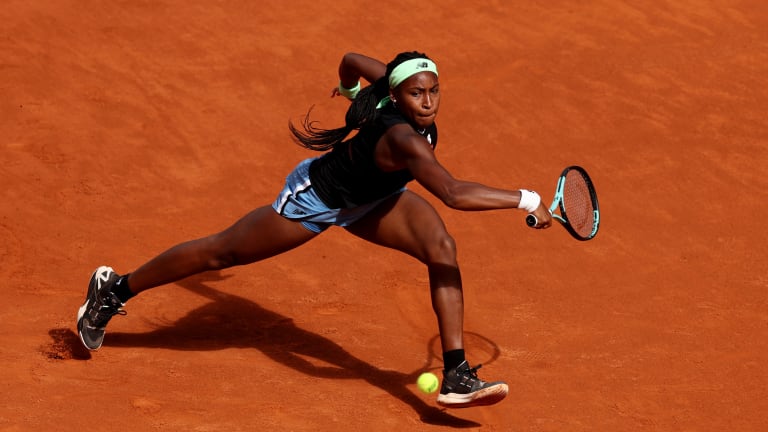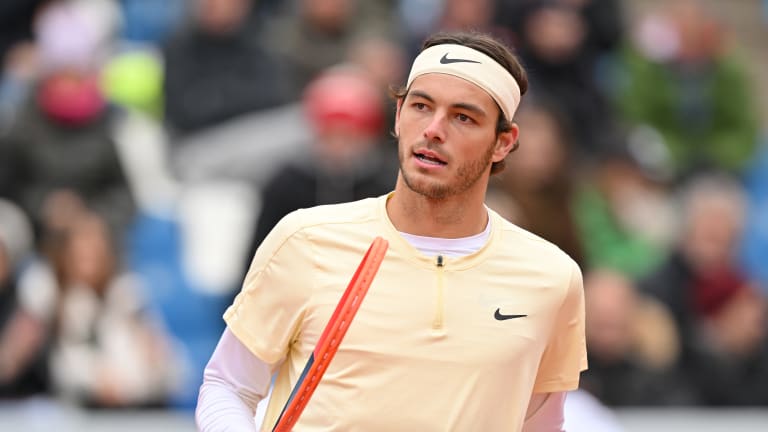Coach's Corner
What do top tennis coaches and talent scouts look for in young players?
By Apr 30, 2023Coach's Corner
What does Jessica Pegula’s last six weeks say about her next six months?
By Apr 09, 2025Coach's Corner
WTA confirms coach Stefano Vukov's suspension "remains in place" after investigation concludes
By Feb 11, 2025Coach's Corner
Goran Ivanisevic wishes Elena Rybakina “best of luck moving forward” as coaching trial ends
By Jan 21, 2025Coach's Corner
Elena Rybakina and other players have high hopes for the new season, but makeovers don’t come easily in tennis
By Jan 06, 2025Coach's Corner
Elena Rybakina announces that ex-coach Stefano Vukov will re-join her team for 2025 season
By Jan 02, 2025Coach's Corner
Angelique Kerber to mentor German female players in 2025
By Dec 18, 2024Coach's Corner
Donna Vekic adds Sascha Bajin to her coaching team for 2025
By Dec 08, 2024Coach's Corner
Carlos Alcaraz adds coach Samuel Lopez to work alongside Juan Carlos Ferrero
By Dec 05, 2024Coach's Corner
Hubert Hurkacz hires Ivan Lendl and Nicolas Massu for coaching team ahead of 2025 season
By Nov 29, 2024What do top tennis coaches and talent scouts look for in young players?
No coach can see what’s inside a kid right away, even a potential once-in-a-generation talent like Carlos Alcaraz. We spoke to five about which traits mean the most, and which can be deceiving.
Published Apr 30, 2023
Advertising
Advertising

Alcaraz, then 16, pictured after winning ATP Challenger match at Seville in September 2019.
© Getty Images
Advertising
Advertising

Alcaraz became the first teen on the ATP Tour to reach world No. 1 as a result of his 2022 US Open triumph.
© 2022 Tim Clayton
Advertising
Advertising

There's no denying the pure athleticism Coco Gauff brings each time she steps out on court.
© Getty Images
Advertising
![“John [McEnroe] can scan a kid before they play a point.”](https://images.tennis.com/image/private/t_16-9_768/f_auto/tenniscom-prd/il2un1wqejvjidkgre8p.jpg)
“John [McEnroe] can scan a kid before they play a point.”
© 2016 Getty Images
Advertising
Advertising

Fritz cracked the Top 5 on February 27, 2023.
© Getty Images for BMW